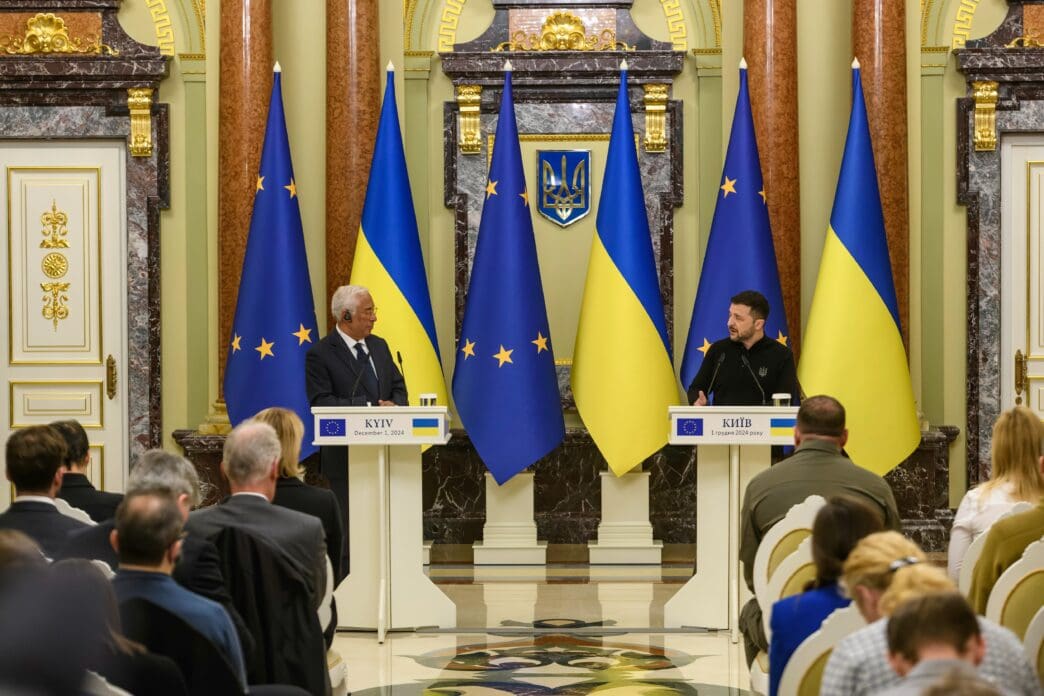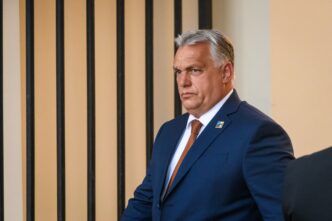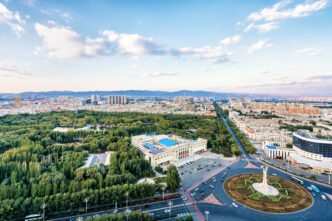Executive Summary
The Story So Far
Why This Matters
Who Thinks What?
A new European Union export agreement with Ukraine came into effect on Wednesday, designed to further liberalise trade and expand tariff-free access for Ukrainian goods and services. However, the agreement faces immediate challenges as Hungary, Poland, and Slovakia continue to maintain national bans on Ukrainian agricultural imports, underscoring the complexities of integrating Ukraine’s vast farming sector into the European Union.
Adopted on October 13, the new deal replaces a 2016 agreement. Despite the EU’s efforts to foster closer economic ties with Kyiv, the persistent import bans by some member states have created a political dilemma for the European Commission. Commission deputy chief spokesperson Ariana Podesta stated that the EU is engaging with all parties to find solutions, asserting that the agreement provides a “stable, fair framework” for Ukraine’s gradual integration into the single market.
The national restrictions on Ukrainian agri-food imports were initially imposed after the EU fully opened its market to Ukrainian agricultural products following Russia’s invasion. With the Black Sea effectively blocked, land corridors into the EU became vital for Ukrainian exports, but this influx sparked significant discontent among farmers in neighboring countries who claimed unfair competition.
The issue quickly became politically charged, influencing Poland’s 2023 general election and heightening tensions in Slovakia and Hungary. While the new trade deal incorporates a “safeguard clause” to allow protective measures against surging imports of sensitive products like grains and oil, it has not alleviated concerns in these bordering nations.
Tinatin Akhvlediani, an expert at the Centre for European Policy Studies (CEPS), noted that agricultural imports to the EU doubled after the war, representing a 117% increase compared to pre-war levels. Akhvlediani argued that the issue has been “unnecessarily politicised,” as Ukrainian goods are largely unprocessed and complement the EU’s exports of processed agricultural products. She highlighted that Ukraine is now the third-largest import partner for the European Union, after Brazil and the UK.
Hungarian Agriculture Minister István Nagy, speaking as EU agriculture ministers met in Brussels, reiterated his country’s stance on protecting domestic producers and the market. He stated that Hungary would safeguard the livelihoods of its farmers, even as Brussels considers providing financial support to Ukraine’s agricultural sector.
The ongoing dispute over agricultural imports illuminates broader obstacles on Ukraine’s path to full EU membership. Concerns within the bloc revolve around how Ukraine’s enormous agricultural capacity, which includes 42 million hectares of cultivated land—the largest in Europe—could impact the Common Agricultural Policy (CAP), which distributes funds based on farm size.
Akhvlediani suggested that solutions could involve the EU implementing transition measures in the accession treaty. These measures might limit Ukraine’s benefits from certain policies, such as the CAP, or exclude them entirely, leaving the decision to the EU.
Romanian President Nicușor Dan has also openly addressed the issue, calling the discussion about agriculture “pending.” He warned of “significant” risks of imbalances for the EU, particularly given that Ukraine “does not currently meet the standards that we impose on the agricultural sector in the EU.” Dan proposed that Ukraine could be granted a “special status” for agriculture, allowing it to continue significant exports to non-European countries, while other sectors would be treated equally under EU accession terms.
Ultimately, the contentious issue of agricultural imports underscores the complex economic and political hurdles that Ukraine must navigate on its journey towards full integration into the European Union.








